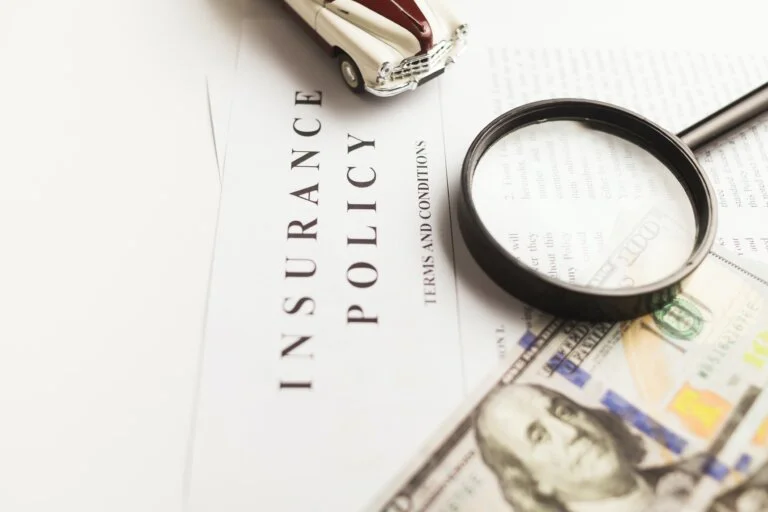By: Lisa Benedetti
As personal injury attorneys, we see far too often people who have been seriously injured in car accidents who will never be fully compensated for their damages. Why? Because there is not enough insurance.
According to a recent study by the Insurance Research Council, in 2019, 12.6% of motorists were uninsured. The statistics for Washington State are even worse, where an estimated 21.7% of motorists in 2019 were uninsured – nearly double the national average.
And many of those drivers who do have car insurance frankly don’t have enough to cover serious or catastrophic injuries. Washington requires drivers to carry auto policy limits of 25/50/10, which is shorthand for:
- $25,000 per person injured by the fault of the driver,
- $50,000 per accident (regardless of the number of people injured by the driver), and
- $10,000 in total property damage.
$25,000 is not very much, especially given the cost of healthcare today. A single surgery or a few days’ stay in the hospital could easily cost that much, if not more. Given these realties, the best thing every person can do to protect themselves is maximize their Personal Injury Protection (PIP) and Underinsured Motorist (UIM) Benefits.
PERSONAL INJURY PROTECTION (PIP)
As explained by Ray Kahler earlier this year, PIP helps pay for your medical bills, wage loss, and household services in the event of a car collision, regardless of who was at fault. And unlike health insurance, PIP is not subject to deductibles, copays, coinsurance, or arbitrary limits on the number of times you can receive certain services.
UNDERINSURED MOTORIST (UIM) BENEFIT
UIM covers you if you are injured in a car collision because of the fault of another person, but that person either has no insurance or doesn’t have enough insurance to fully compensate you. UIM covers not just medical care, wage loss, and household services, but any injuries and damages caused by the at-fault driver, up to your UIM policy limits. By default, auto insurance policies provide UIM coverage equal to your liability limits. But you have the option to lower your UIM limits, or even have no UIM at all, by signing a waiver.
With all this in mind, it is a good idea to check your auto insurance policy and make any changes you can afford to maximize your PIP and UIM. Check whether you’ve signed a PIP or UIM waiver and if so, consider revoking it. Also check what your liability limits are – which affect how much UIM you can have – and consider raising those limits as well. These changes will raise your insurance premiums. But if you ever find yourself in the terrible position of being seriously injured by an underinsured motorist, your insurance will be there to help ease the burden.

